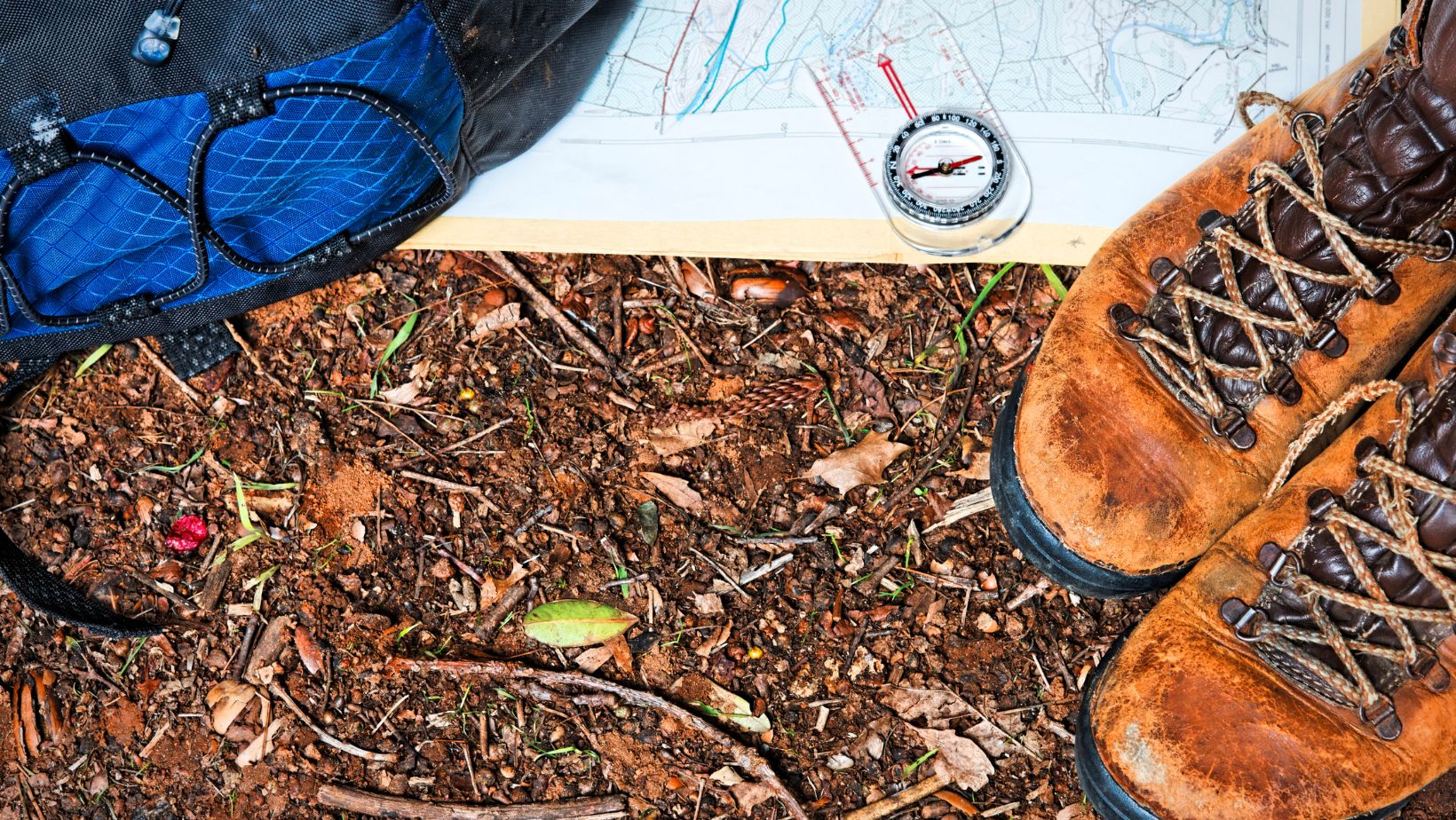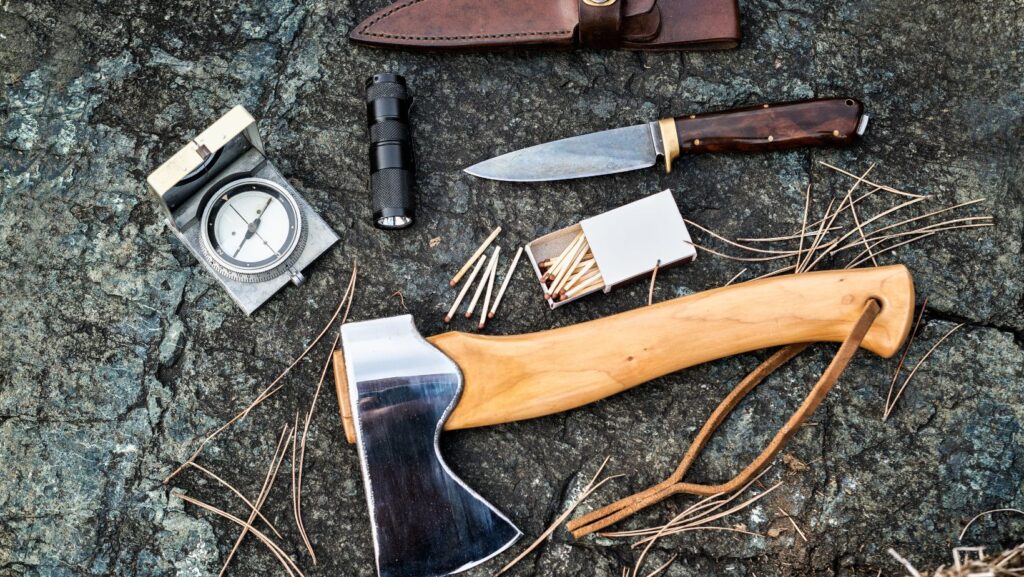Outdoor Gear Repair
Unpacking the intricacies of outdoor gear repair not only provides practical knowledge but also contributes to prolonged gear lifespan. It’s a subject of great relevance for outdoor enthusiasts, backpackers, and adventurers nationwide. Routine checks and maintenance of outdoor gear can significantly extend its useful life. Through consistent care, major damages get preempted and the gears functionality remains optimal.  For instance, waterproofing regularly prevents water damage for outdoor gear such as tents and clothing. In essence, an effective maintenance routine can preempt most common outdoor gear problems.
For instance, waterproofing regularly prevents water damage for outdoor gear such as tents and clothing. In essence, an effective maintenance routine can preempt most common outdoor gear problems.
Identifying common gear problems forms a crucial phase in effective repair. Backpack straps often fray due to consistent strain, and tents succumb to the stress of wind and weather causing them to tear. Likewise, hiking boots witness a regular wear-and-tear, affecting their soles and waterproof coating. Awareness of these usual problems simplifies the repair process, allowing for swift action when the need arises. However, it’s not all doom and gloom as these challenges serve as opportunities for maintenance, fostering a relationship between you and your gear while promoting sustainability.
Gear-Specific Repair Guides
Providing detailed guidance on repair procedures, this section delves into a selection of commonly encountered outdoor gear issues. It explores the specifics of fixing backpacks, tents, boots, climbing shoes, fishing rods, and hunting rifles.
Repairs for backpacks and tents often deal with tears or zipper issues. To mend rips, one can use an adhesive patch or sew the affected area. Keep repairs as unobtrusive as possible by matching the patch color to your gear. Zippers, however, usually present a more complicated snag. Fixing a zipper involves straightening bent sections or ultimately replacing broken sliders.
Soles and leather are vital elements to any boot or climbing shoe. For worn-out soles, a professional resoling process is a smart choice as it adds years to the gear’s life. However, small patches on the shoes or boot could be fixed at home using a specialized adhesive. For leather care, regular cleaning and conditioning prevent cracks, and minor scuffs or scratches can often be smoothed out with a vigorous rub of the shoe polish.
For fishing rods and hunting rifles, the typical issues concern handles and mechanical components. For loose handles, a strong adhesive often suffices, but take note of any grip and comfort changes post repair. For rifles, special attention is required for mechanical issues. While minor cleaning and maintenance tasks can be performed by the user, things like trigger problems or jamming might require professional service due to the complexity and potential dangers. Always remember to follow safety guidelines when handling firearms.
DIY Repair Techniques
Empowering outdoor enthusiasts with practical know-how, this section delves into DIY repair techniques. Here, they’re exploring necessary tools, basic sewing skills, and patching and gluing methods. Equipping oneself with the right tools and materials is the first step in successful DIY gear repair. Collecting a wide range of standard items adds an inventive touch to the repair process. Gear owners generally source their tools from local retail stores, online platforms, or in some cases, manufacturers. Examples of essential repair tools include sewing kits, specialized patches, fabric glue, seam grip, tenacious tape, and replacement parts for specific gear, such as tent poles or backpack zippers.
Sewing techniques act as a staple for fabric gear repair. Understanding these methods simplifies fixing torn tents, ripped backpacks, or worn-out clothing. They’re learning different stitches, namely the running stitch and backstitch, proves invaluable. The running stitch, for instance, is a simple technique used for mending minor tears, whereas the backstitch offers a durable solution for more severe rips.
Mastering patching and glue techniques also proves beneficial for outdoor gear repair. The ability to apply patches with precision rescues heavily damaged fabric gear. The process often involves cutting a patch slightly larger than the tear, applying adhesive around the damage, and placing the patch atop the glue. On the other hand, glue techniques can seal minor rips without noticeable changes. Carefully applying a thin layer of fabric glue on the tear, allowing it to dry, and repeating this process until the rip is sealed aligns with conventional glue techniques. Note, however, that determining which technique is fitting relies on the extent and location of the tear, as well as the gear material.

